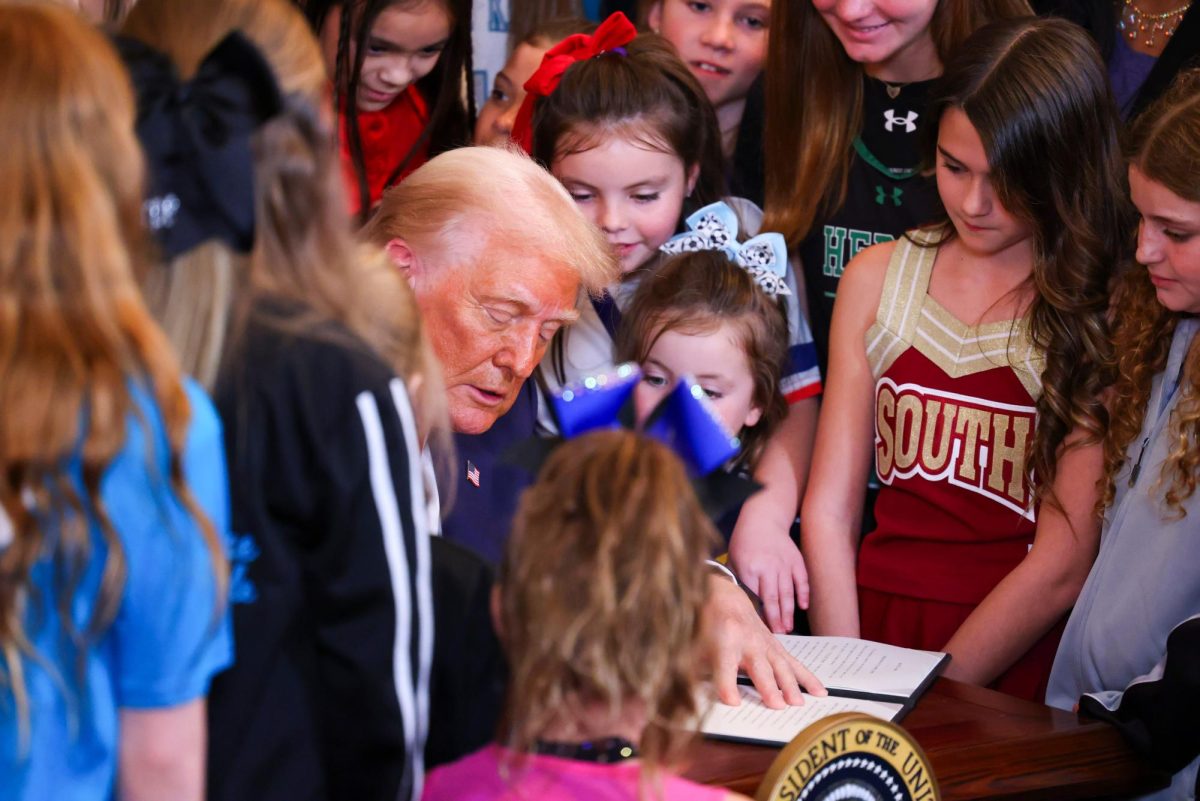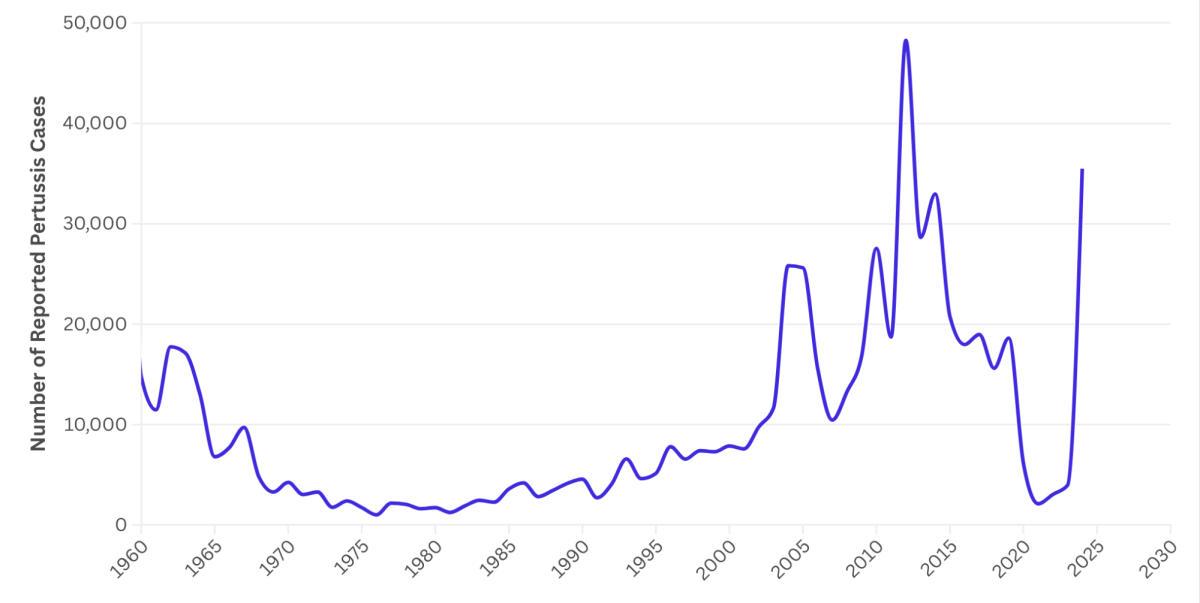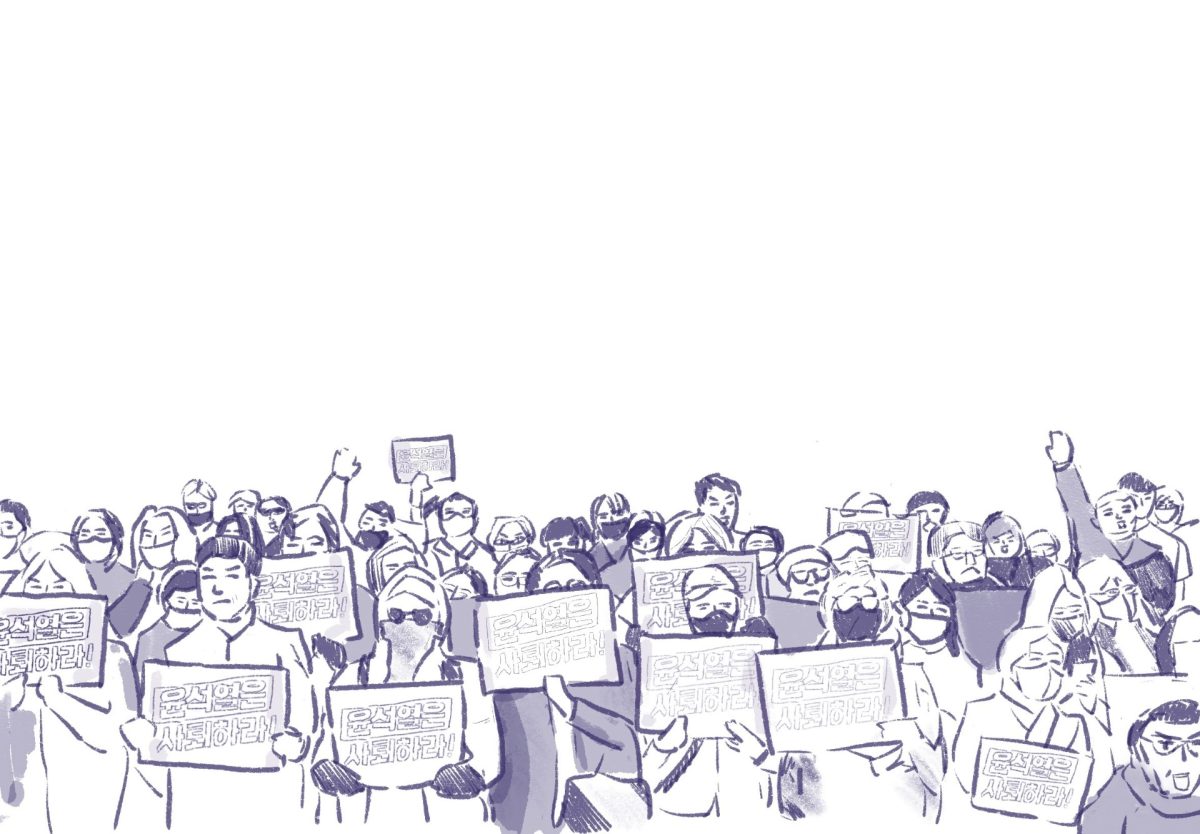Flooding the Zone
Flooding the zone is a strategy developed by Trump and his team to overwhelm the Democrats with a “flood” of executive orders and actions so that they can’t keep up. Some of the orders may actually require congressional approval and some may be determined by the courts to be unconstitutional, but by releasing so many all at once, the hope is that many will be implemented before challenges can be mounted to them.
What is an Executive Order?
According to the American Bar Association, “An executive order is a signed, written, and published directive from the President of the United States that manages operations of the federal government.” Additionally, executive orders are only permitted to alter the operations of the executive branch. Executive orders also may not override the authority of the judicial and congressional branches. These orders may also be challenged in the courts and be overturned. For example, in 2023, President Biden signed an executive order that forgave 10,000 dollars of student loan debt per borrower. However, it was shut down by the Supreme Court, making it a prime example of how executive orders can be handled by other branches.
Executive Orders That Are Within Power
Several of Donald Trump’s Executive orders are well within his rights. For example, he signed an executive order called the Initial Recessions of Harmful Executive Orders and Actions. This executive order revokes 78 executive orders and Presidential Memorandums issued by the Biden administration that covered issues ranging from protections for trans people, climate change, immigration, criminal justice and healthcare – such as ending Biden’s rules capping the cost of some prescription drugs such as insulin. According to the Department of Justice, “EOs (executive orders) are published in the Federal Register, and they may be revoked by the President at any time.” While this order is quite far-reaching, it is well within the bounds of an executive order. Executive orders created by a president are often rescinded by their successors. Biden, for example, rescinded almost three dozen of Trump’s executive orders during his first week in office in 2021.
Though legal, some executive orders are potentially damaging to some Americans, including Masters students with businesses. For example, Trump has threatened to place tariffs on China, Canada, and Mexico. Even though this order is legal, it could very well force foreign companies exporting to the US to raise prices, potentially hurting Americans trying to buy foreign products. It can also hurt small businesses. Leo Koski, class of 2028, owns a small business called Coco & Nibs Coffee, and he often gets products from countries like Canada. Koski said “A 25 percent tariff on Canada could really hurt my business because I import lots of products from there. Also, some of the companies that buy my products could stop doing business with me if I was forced to raise my prices that much.”
Executive Orders that need approval by the legislature
On January 20th, Trump signed an executive order to establish the Department of Government Efficiency, or DOGE for short. This entity is dedicated to cutting federal spending. But does DOGE have any real power to cut spending? Trump has also issued executive orders freezing some government spending and also has said that he will eliminate government offices such as USAID and the Department of Education. However, under the Constitution, Congress has the sole power to create federal government offices and also controls spending. The Impoundment Act of 1974 was passed by Congress to clearly limit the president’s power to withhold funds earmarked for spending. Legal challenges have been mounted against Trump’s attempts to cut spending through executive orders and most legal scholars believe that Trump will lose these cases. To get rid of government organizations like the DOE and USAID will likely require congressional action. These cuts may happen because the House and Senate are controlled by Republicans who support these efforts, but Trump can’t legally do it by executive action alone.
Unconstitutional Executive Orders
Some of Trump’s executive orders thus far may be simply unconstitutional. Most notably, he signed an executive order ending birthright citizenship. This is largely seen by legal scholars – and the courts that have ruled so far – as unconstitutional because the Fourteenth Amendment so clearly states that “All persons born or naturalized in the United States, and subject to the jurisdiction thereof, are citizens of the United States.” This basically means that people born in the United States, no matter the citizenship status of their parents, are American citizens. This order clearly contradicts the Constitution and has been shut down by multiple federal judges. Colleen Roche, AP American US History and Political Science teacher said, “I can’t even imagine a conservative supreme court, which we have in place now, going along with that.”
Other executive orders may also be ruled unconstitutional. On February 18th, Trump signed another executive order that is largely seen by lawyers as unconstitutional. In section 7 of the executive order entitled “Ensuring Accountability for All Agencies,” Trump is seen by some as having greatly overstepped his reach. It says “The President and the Attorney General, subject to the President’s supervision and control, shall provide authoritative interpretations of law for the executive branch.” This is a complicated legal issue involving how quasi-independent government entities like the Securities and Exchange Commission are controlled by the executive branch. It is unclear how the courts will rule about the constitutionality of this particular order – but it may be another case in which the Constitution, through the courts, limits the power of the president.
Are we in a constitutional crisis?
Roche defined the term constitutional crisis as, “A point when the boundaries of the constitution are stretched in unprecedented ways.” Various actions such as the initiation of DOGE, attempted ending of birthright citizenship, and extending the executive branch’s power point towards a constitutional crisis. Many scholars agree with this. For example, in an interview with the New York Times, Edward Chemerinsky, the dean of law at the University of California Berkeley, said “There have been so many unconstitutional and illegal actions in the first 18 days of the Trump presidency. We never have seen anything like this.” Furthermore, in an interview with the Boston University newspaper, professor of law Jessica Silbey said “When people elected to uphold the rule of law and to follow the Constitution openly defy the plain meaning of laws, then yes, we’re in a constitutional crisis.”









